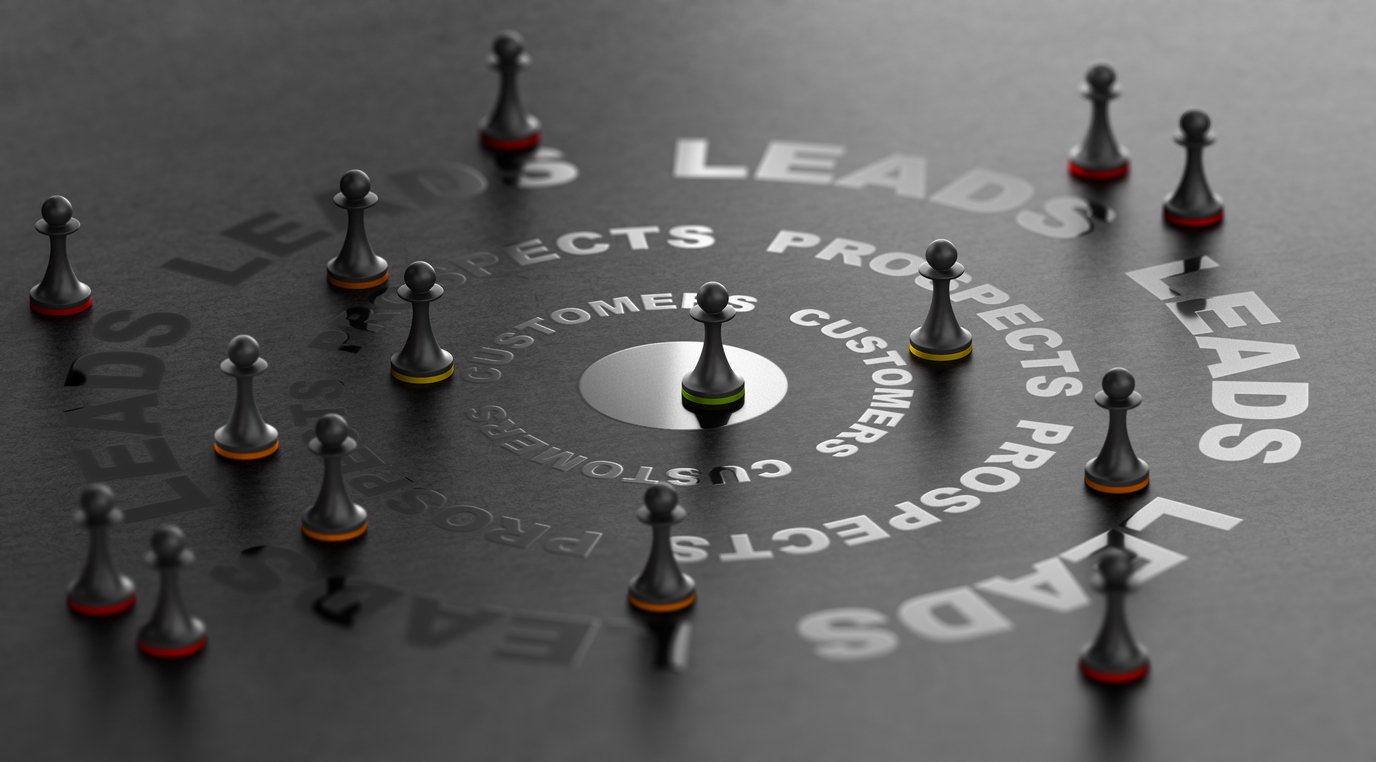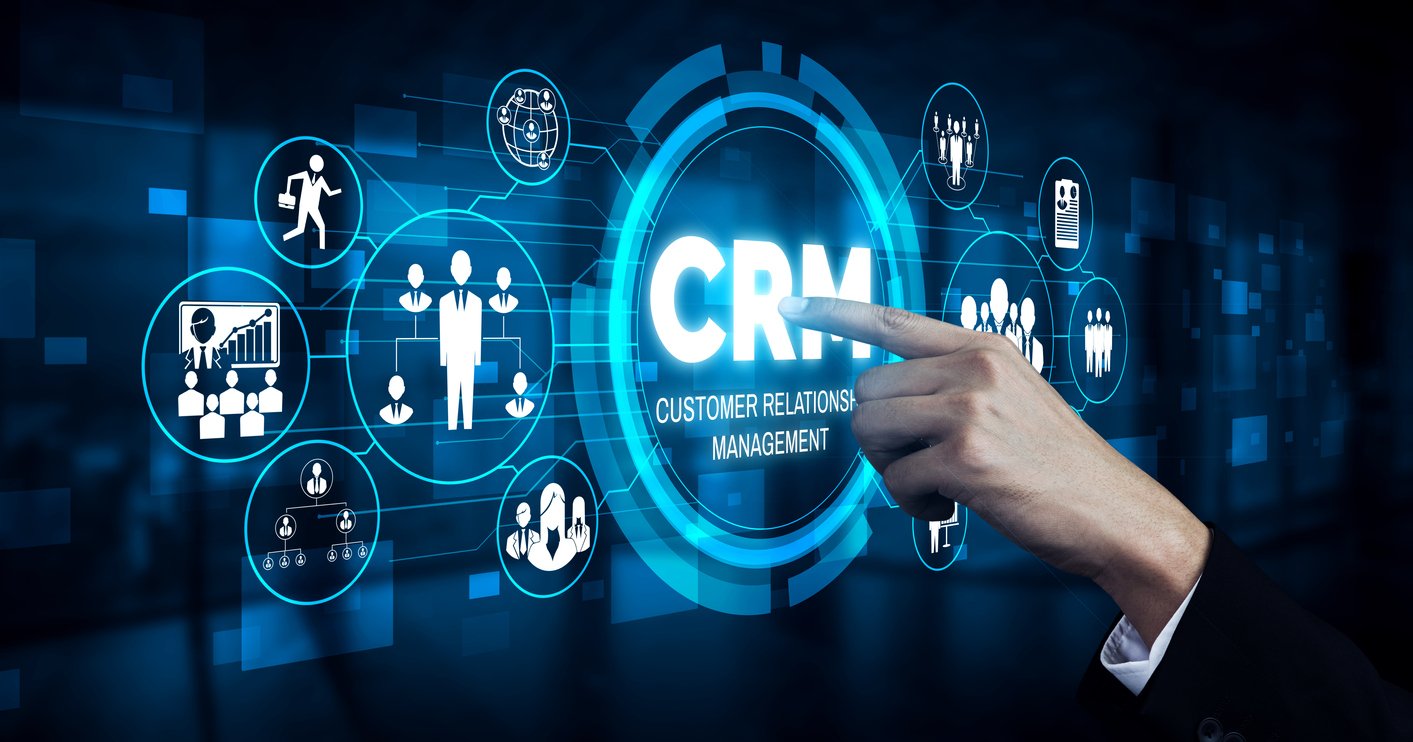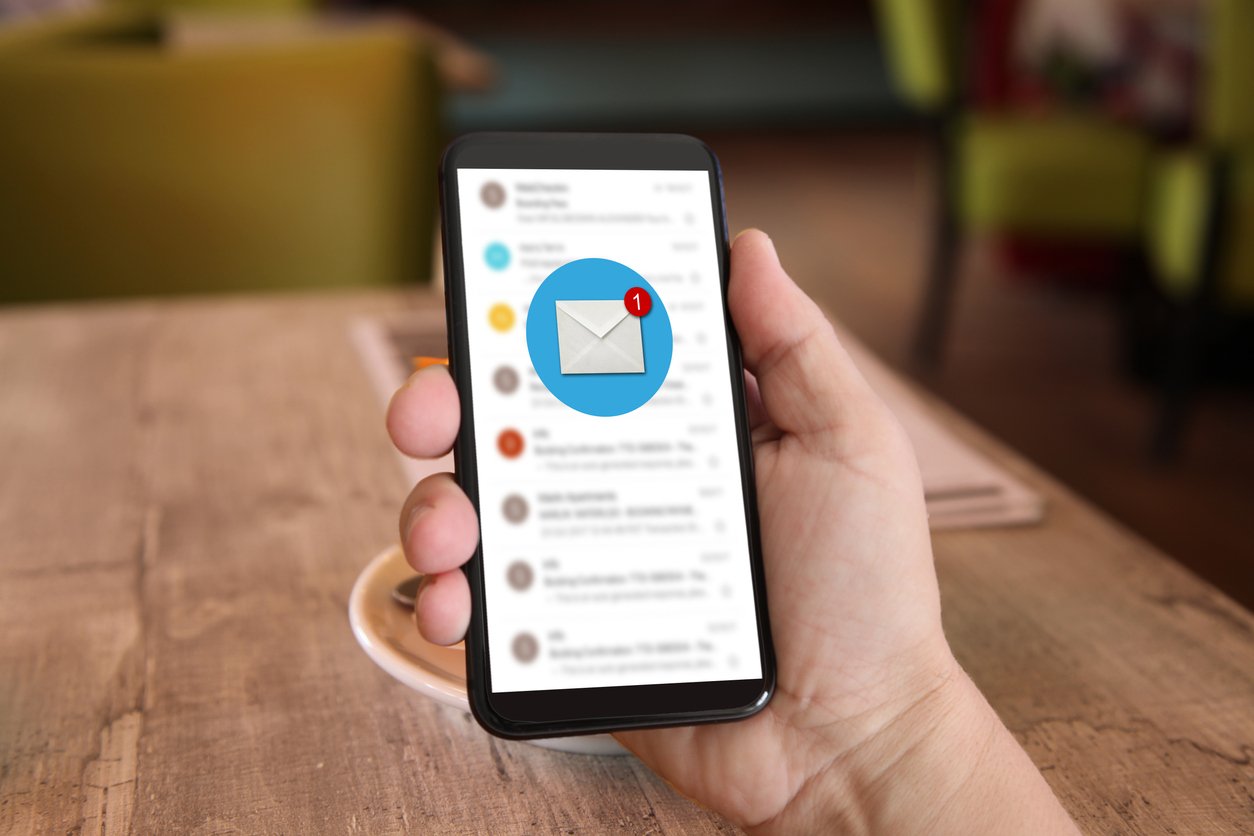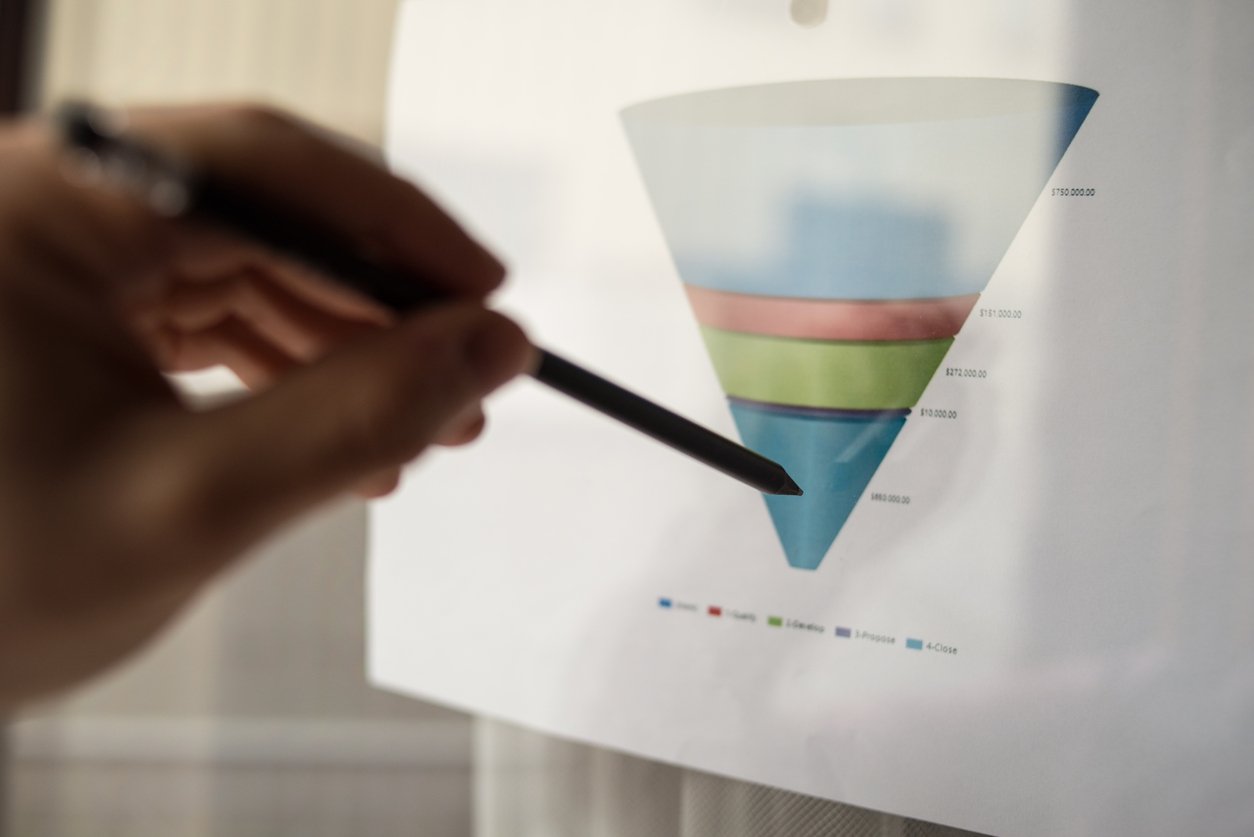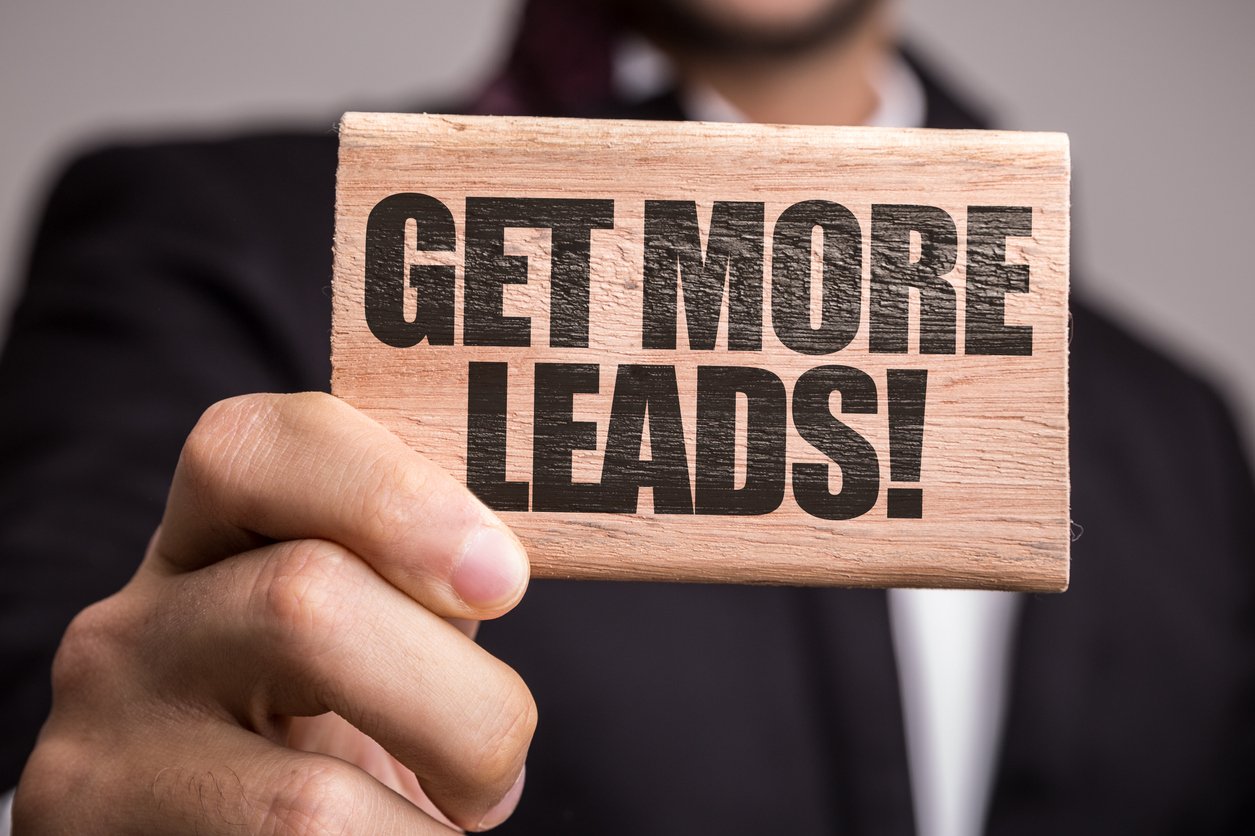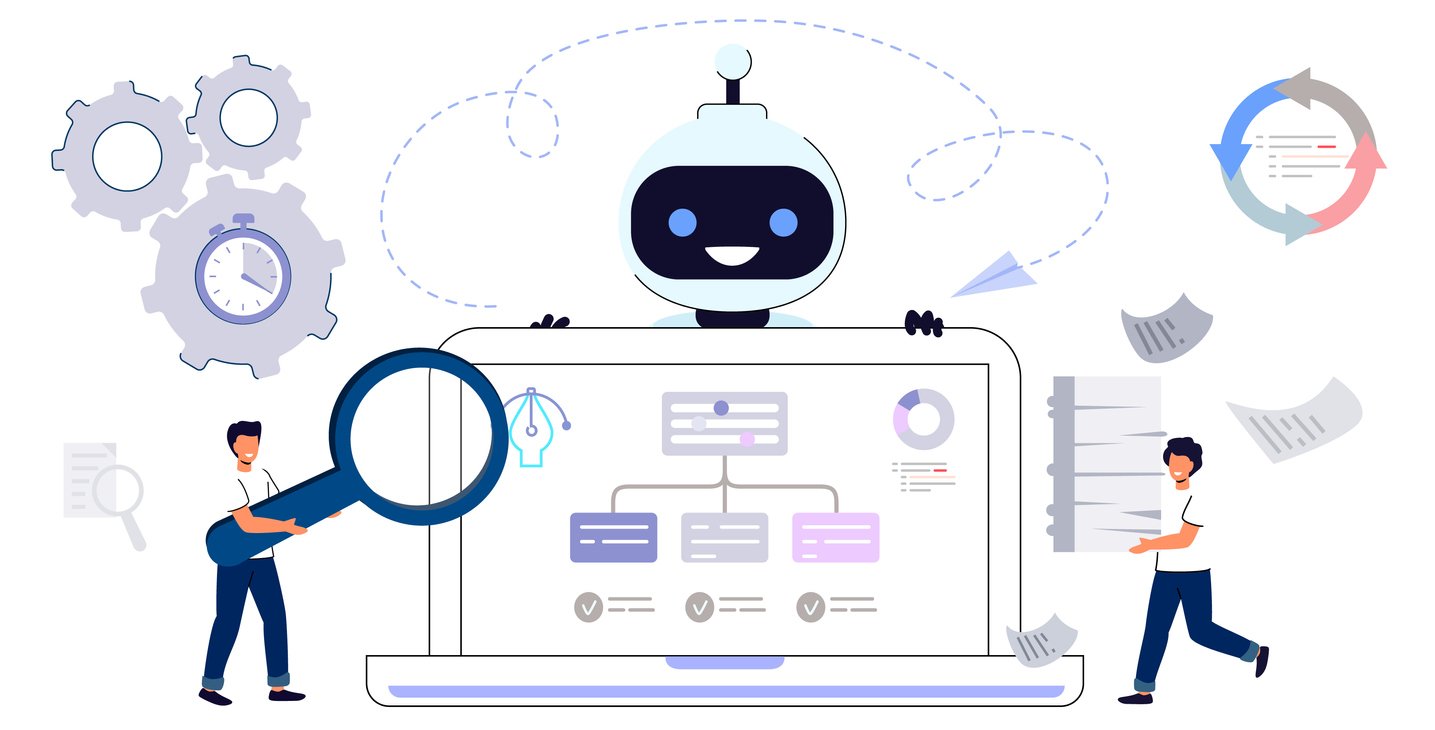
Business Development vs Sales - What’s the Difference?
 Updated on
Updated on
 By Bradley Kovacs
By Bradley Kovacs
Bradley Kovacs
Bradley has been passionate about technology since childhood, starting with Microsoft Flight Simulator at age six. In college, he automated his data e...
learn more
Bradley Kovacs
Bradley has been passionate about technology since childhood, starting with Microsoft Flight Simulator at age six. In college, he automated his data e...
Table of Contents
Table of Contents
It's that time, isn't it?
Time to evaluate what is and isn't working for your business.
Time to hone in on your business development plan's needle movers and target hitters.
You might be asking yourself, how can I:
- Expand my business?
- Improve sales?
- Increase brand awareness?
- Achieve sustainable business growth?
Well, it starts with learning the difference between business development vs sales.
They're both required for the healthy growth of your company, and they play very different roles with overlapping benefits.
It's like bowling. You need to hit all the pins, but it requires extra strategy if you're going to take out all of them in one go.
Ultimately, you need both for that perfect strike. And by strike, we mean a perfect balance of sales vs business development to expand your organization.
In this article, we'll discuss the critical differences between business development vs sales, and you'll leave with an impactful strategy to make sure you bowl a perfect strike.
What is Business Development vs Sales?
Business development and sales support each other when utilized effectively.
Sales will follow if you're creating lasting value in your business development efforts. If you're annihilating revenue targets and sales metrics, that will sustain business development efforts in the long run.
Business development and sales are the cornerstones of company growth.
They are equally important in strategic B2B marketing, but how you balance and implement them is up to you.
Business Development
Business development lays the foundation for strategic opportunities that open new doors for your company. This can look like:
- Finding new markets for goods and services
- Pursuing partnerships or commercial relationships
- Investing in your website
- Creating long-term value for customers via branding
- Creating content consistently online
Business development strategies are meant to support the continued expansion of your company.
A great example of business development is partnership opportunities advertised on company websites. Software platforms like Slack allow you to apply to become a partner on their main page.
The requirements to become a partner are based on a mutual offer of support. Slack receives donations or technical solutions from partners, and their partners receive discounts on software or other promotional opportunities.
Sales Development
Sales development is the discovery process for new buyers. It creates the pipeline for leads as they go through their buyer's journey. Sales development can look like this:
- Research
- Outreach
- Prospecting
- Advertising
- Lead qualification
Sales development is meant to ensure that leads are nurtured until the close.
A great example of sales development is the lead qualification processes for advertisers. Companies spending large budgets on ads need to ensure a strong market product fit to guarantee sales.
They'll qualify leads by looking at their finances, budget, needs, and timeframe for purchase. This keeps CPAs low and conversion rates high and is crucial for sales development success.
Types of Business Development vs Sales Development

There are different types of business development vs sales, and each brings a unique opportunity for expansion.
While there are no right or wrong processes, a few are standard growth marketing practices.
The main thing to remember is that both are structured to have overlapping benefits in the long run, whether inside sales or business development.
And those benefits are the buildup for a perfect strike.
Types of Business Development
Business development isn't just networking over coffee or throwing around job titles like "growth ninja." It's a multifaceted function that lays the groundwork for sustainable growth.
Here are the main types:
1. Strategic Partnerships
This is the bread and butter of many business development managers. It involves identifying potential allies, tech integrations, co-marketing arrangements, or joint ventures that help you expand your brand's reach without cold calling a thousand people a day.
Partnerships rely on outside resources to succeed, so creating a proper business development strategy is essential. Examples of strategic collaboration include affiliate marketing, influencer marketing, and resell relationships in the SaaS industry.
2. Market Expansion
Your product kills it locally, so how do you scale globally? That's where business development vs sales shines. It involves researching and entering new geographic or demographic markets. You're not selling here; you're exploring, testing, and planting seeds.
3. New Product Channels
Found a new way to distribute your software? A new segment that didn't exist last year? Business dev folks are the first to sniff out these channels and start building relationships, whether through partnerships, resellers, or new platforms.
Types of Sales Development
Now let's talk sales development, the engine room of revenue.
Sales development reps (SDRs) are the ones who turn potential into a pipeline. If business development sets the stage, SDRs put on the show.
The sales development process can look like this:
1. Outbound SDRs
These reps are the hunters. They're out there sending cold emails, making calls, connecting on LinkedIn, whatever it takes to book a meeting. They're skilled at warming up cold prospects and figuring out whether there's real potential.
2. Inbound SDRs
These folks handle the warm leads. Someone downloaded your eBook? Requested a demo? That's an inbound SDR's cue. They qualify the lead and hand it over to the closer, usually an Account Executive.
3. Appointment Setting / Qualifying Reps
Call them lead screeners, opportunity assessors, or gatekeepers. They ensure sales reps aren't wasting time chasing tire-kickers. Their role is critical in separating "just browsing" from "ready to buy."
Business Development vs Sales - Main Differences

The main thing to remember is that business development supports sales development by creating a foundation for customers and business partners to engage with and invest in your brand. They work best when implemented together.
A solid sales development strategy means more opportunities to engage with your consumer base in a profitable way. A solid business development strategy means new prospects and investors are constantly added to the mix, increasing overall growth.
Here's a summary table of the main points.
|
Aspect |
Business Development |
Sales |
|
Goal |
Long term growth and new opportunities |
Immediate revenue through closed deals |
|
Activities |
Building strategic partnerships, exploring new markets |
Lead qualification, pitching, negotiating, closing |
|
Metrics |
Number of partnerships, new market entries, pipelines built |
Meetings booked, deals closed, revenue generated |
|
Buyer Journey Stage |
Early awareness and relationship nurturing |
Consideration to decision—moving leads to purchase |
When you're comparing business development vs sales, think of it as a marathon vs a sprint. One is mapping the route; the other is running it. Both are essential, but they do very different jobs.
Values of Sales Development vs Business Development
Both sales development and business development bring unique value to the table. While sales development is all about efficiency and momentum within the existing pipeline, business development focuses on uncovering new paths to revenue and positioning the brand for long-term growth.
Here's how the value of each function compares:
|
Value Area |
Sales Development |
Business Development |
|
Pipeline Efficiency |
Fills the sales pipeline with qualified leads |
Identifies untapped markets and channels to feed future pipelines |
|
Sales Cycle Impact |
Shortens sales cycles by ensuring only warm, qualified leads reach AEs |
Builds strategic relationships that speed up future deal-making |
|
Resource Optimization |
Reduces wasted Account Executive time on unqualified prospects |
Allows sales teams to focus on execution while new revenue paths are explored |
|
Revenue Contribution |
Boosts short-term sales performance through lead quality |
Creates new revenue streams via partnerships, channels, or expansion |
|
Brand & Market Position |
Indirect impact through better customer targeting |
Strengthens brand reputation and establishes market authority |
When it comes to sales development vs business development, it's not a competition, it's a collaboration. One fuels the engine; the other builds the highway.
Value of Sales Development
Sales development plays a critical role in ensuring that the sales pipeline is consistently filled with high-quality, qualified leads. By focusing on lead qualification, SDRs help shorten the sales cycle significantly, freeing up Account Executives to focus on closing deals rather than chasing unvetted prospects. This not only improves efficiency but also reduces the risk of resource waste across the sales team.
Another key value lies in how sales development enhances the buyer journey. By engaging with leads early and nurturing them effectively, SDRs help improve customer experience from the very first interaction.
The result? Better conversion rates, a stronger relationship between marketing and sales, and more predictable revenue outcomes.
Value of Business Development
Business development, by contrast, brings value through long-term growth initiatives and market expansion. Its strength lies in creating entirely new revenue streams, whether through strategic partnerships, new product channels, or market entry strategies. These efforts often serve as the foundation upon which sales teams can later capitalize.
Beyond revenue, business development also strengthens brand reputation and market positioning. A strong presence in new markets or a well-aligned partnership can elevate the company's profile, making it more attractive to both potential clients and collaborators.
These strategic moves open the door to higher-quality leads for sales teams down the line and can significantly enhance the company's competitive edge in the long run.
Top 6 Business Development and Sales Development Strategies

Understanding the right strategies to drive business development vs sales success is key to sustainable growth. While both functions aim to generate revenue, their methods differ significantly.
Sales development strategies are focused on efficiently converting leads into opportunities, while business development strategies are all about building relationships and expanding the company's reach into new markets and verticals.
Below are six proven strategies, three for each function, that help companies build stronger pipelines, open up new markets, and increase conversions.
|
Category |
Strategies |
What It Involves |
|
Sales Development |
Multi-Channel Outreach Cadence |
Sequenced outreach via email, calls, SMS, and LinkedIn |
|
Personalization in Cold Outreach |
Tailored messaging using research and context |
|
|
CRM and Automation |
Automating workflows, tracking touchpoints, prioritizing high-intent leads |
|
|
Business Development |
Strategic Alliances & Partnerships |
Identifying and building mutually beneficial relationships |
|
Market Research & Expansion Planning |
Data-driven assessment of new markets, segments, or verticals |
|
|
Co-Marketing & Joint Ventures |
Collaborative campaigns, product bundling, or shared launches |
Sales Development Strategies
Sales development is where lead engagement starts. The focus here is not just sales outreach, but smart outreach, efficient, relevant, and scalable. These strategies aim to improve pipeline quality and speed up deal cycles.
1. Multi-Channel Outreach Cadence
Instead of relying on just cold calls or email, SDRs now use a sequence of touchpoints across multiple channels, including email, LinkedIn, phone, SMS, and even video. A strategic cadence across these platforms ensures you stay top of mind and increases response rates. The goal is to create a natural rhythm of communication that guides the lead toward a conversation.
According to research, sales reps who use 3 or more channels in their outreach see a 287% higher engagement rate than those who rely on just one. A balanced cadence across channels improves touchpoint consistency and increases the likelihood of a reply.
2. Personalization in Cold Outreach
SDRs that personalize their messages, using firmographics, job titles, recent events, or content consumption behavior, see more reply rates, than those that don't. Even minor tweaks like referencing a recent blog or mutual connection can dramatically boost open and response rates.
3. Leveraging CRM and Automation
A well-integrated CRM like Ringy is the backbone of modern sales development. It allows reps to automate repetitive tasks (like follow-ups or reminders), track lead behavior, and prioritize outreach based on real-time data.
When used properly, a CRM ensures no lead slips through the cracks, and reps spend more time actually selling, not just managing spreadsheets.
Business Development Strategies
Business development strategies are broader, long-term plays designed to open new doors. Whether it's entering new markets or aligning with strategic partners, business dev is all about creating sustainable growth opportunities.
1. Strategic Alliances and Partnerships
One of the core responsibilities of business development is building alliances with other companies, resellers, industry influencers, or integration partners.
These partnerships unlock new customer bases, increase credibility, and create joint opportunities that neither party could achieve solo. This is where trust, negotiation, and long-term thinking really matter.
2. Market Research and Expansion Planning
Before you expand into a new market, you need data. Business development professionals use competitive intelligence, industry trends, and customer behavior to identify viable new markets. Well-executed expansion strategies can yield higher revenue growth year-over-year, especially when entering underserved or emerging regions.
3. Co-Marketing and Joint Ventures
Unlike solo marketing campaigns, co-marketing involves teaming up with another brand to create shared content, events, or bundled offers. This can drastically increase reach and engagement, especially if both brands have overlapping but distinct audiences.
Joint ventures go even deeper, where both parties share risk and reward in a collaborative launch, campaign, or initiative.
Conclusion
It's not enough to just build your brand and make sales. You have to support your marketing efforts with a combined inside sales vs business development strategy.
You can do this by:
- Balancing sales efforts with brand growth
- Integrating revenue goals with acquisition and partnership strategies
- Syncing networking opportunities with growth objectives
- Incorporating CRM software to track conversion metrics and improve outreach
The true value in an integrated business development vs sales strategy is its potential to create new income, partnership, and expansion opportunities.
And with Ringy, you can turn calls into customers furthering your business and sales efforts.
You can't afford to compromise on quality or functionality, and we wouldn't ask you to. That's why we built Ringy CRM—an automated sales team in your back pocket. A complete CRM at an unbeatable price geared to support your mission.
So don't hesitate to take an important step toward an effective business development vs sales development strategy and book your demo today.

Skyrocket your sales with the CRM that does it all.
Calling? Check. SMS? Check. Automation and AI? Check. Effortlessly keep in touch with your customers and boost your revenue without limits.

Take your sales to new heights with Ringy.
Sales in a slump? Ringy gives you the tools and flexibility you need to capture leads, engage with them, and turn them into customers.
Subscribe to Our Blog
Enter your email to get the latest updates sent straight to your inbox!
Categories
Related Articles




















